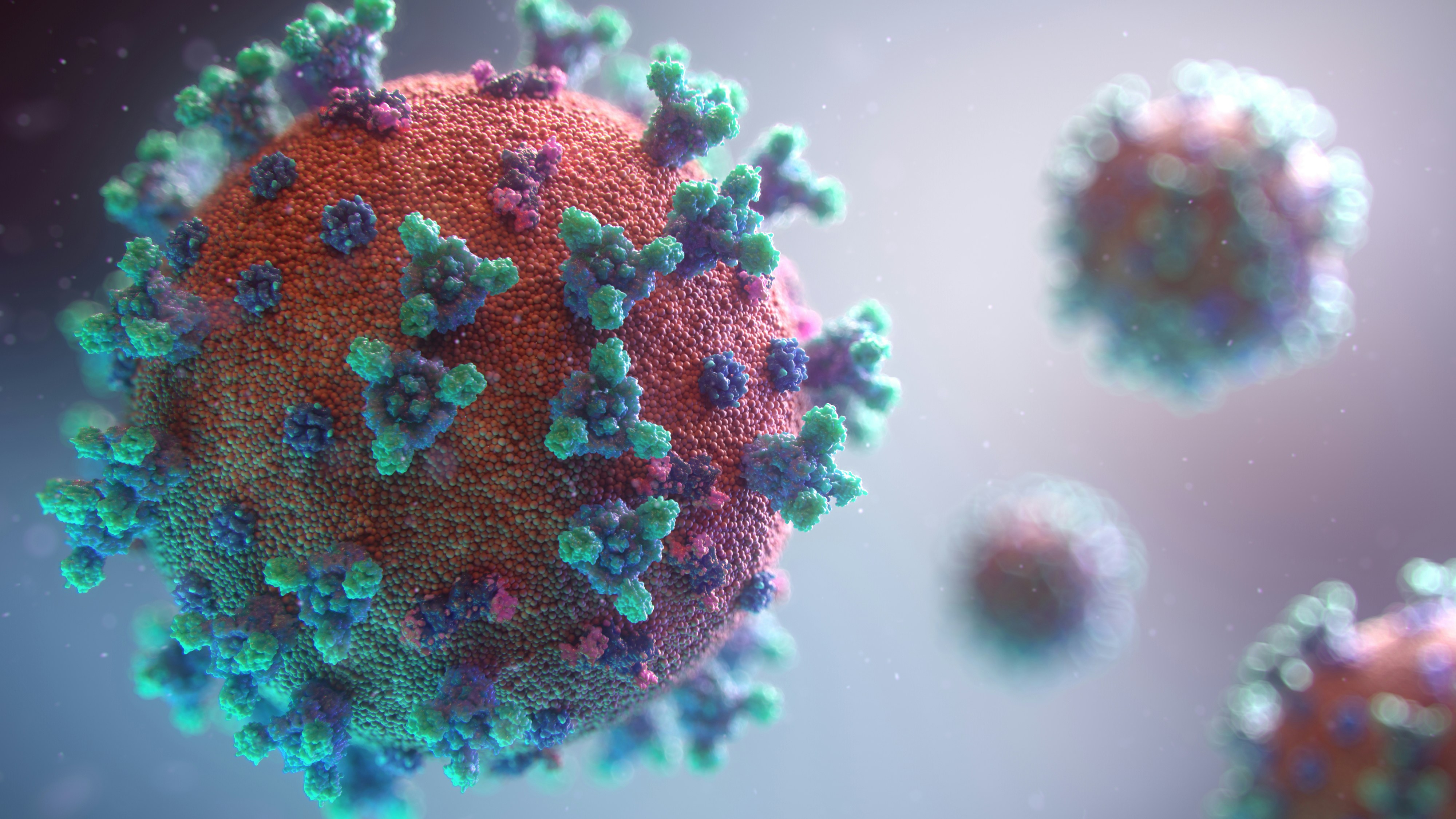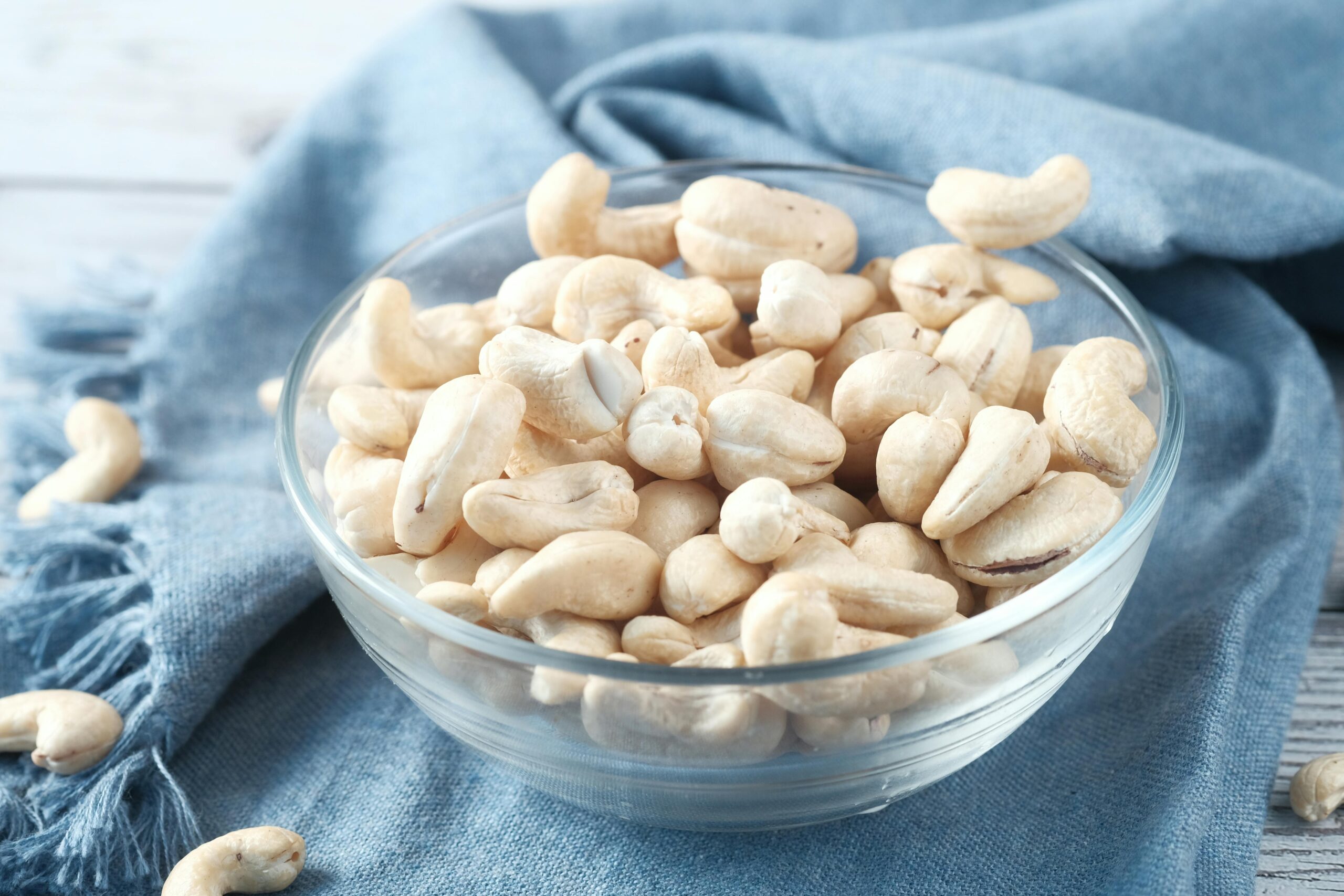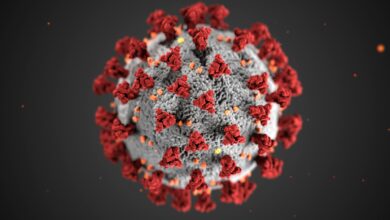Understanding Human Metapneumovirus (HMPV): A Rising Concern in Respiratory Health

Human Metapneumovirus (HMPV) has emerged as a topic of concern in recent discussions about global health. Discovered in 2001, HMPV is a virus from the Pneumoviridae family, which also includes the well-known respiratory syncytial virus (RSV). Though it has likely been affecting humans for decades, awareness of HMPV is growing due to advances in diagnostic tools and its increasing recognition as a significant cause of respiratory infections.
This article explores what HMPV is, how it spreads, its symptoms, and why it is receiving attention now. It also addresses the public health response and what individuals can do to protect themselves and others.
What is Human Metapneumovirus?
HMPV primarily affects the respiratory system and can cause both upper and lower respiratory tract infections. It is a versatile virus that affects people of all ages but is particularly severe for specific groups.
Since its identification, researchers have recognized HMPV as a widespread virus with a global presence. It is a leading cause of respiratory illnesses, particularly during winter and spring. Despite its prevalence, there is still no vaccine or specific antiviral treatment for HMPV.
How Does HMPV Spread?
HMPV spreads similarly to other respiratory viruses. It is transmitted through respiratory droplets when an infected person coughs or sneezes. Close personal contact, such as touching or shaking hands, and contact with contaminated surfaces followed by touching the mouth, nose, or eyes, can also lead to infection.
Like other respiratory illnesses, crowded places and poor ventilation can facilitate the spread of HMPV. Seasonal peaks typically occur in the colder months, aligning with other respiratory viruses like influenza and RSV. In countries such as the United States, the virus’s activity is most noticeable from late winter to early spring.
Preventive measures to limit the spread of HMPV are straightforward but effective. Regular handwashing, wearing masks in crowded areas, and maintaining physical distance from sick individuals are among the recommended actions. Cleaning commonly touched surfaces can also reduce the risk of transmission.
What Are the Symptoms of HMPV?
HMPV symptoms are similar to those of other respiratory infections, making it challenging to distinguish without specific testing. Common symptoms include:
- Cough
- Fever
- Nasal congestion or a runny nose
- Shortness of breath
In more severe cases, the virus can cause bronchitis (inflammation of the airways) or pneumonia (inflammation of the lungs). These complications are more likely in vulnerable populations such as young children and older adults.
The incubation period for HMPV ranges from three to six days, and the duration of illness is typically one to two weeks. Most people recover with rest and symptomatic care, but severe cases may require medical attention. Patients with persistent or worsening symptoms, particularly difficulty breathing, should seek healthcare promptly.
Why is HMPV a Concern Now?
HMPV has gained attention recently due to its increased detection and rising case numbers in specific regions. In China, for instance, the virus has contributed to a noticeable surge in respiratory illnesses this winter. Reports indicate a significant number of cases among children under 14 years of age, particularly in northern provinces. The rise in HMPV cases comes alongside other respiratory illnesses, such as influenza A, Mycoplasma pneumoniae, and even residual COVID-19 cases, putting a strain on healthcare facilities.
Globally, the broader use of molecular diagnostic testing has improved the identification of HMPV, helping public health officials better understand its impact. However, the lack of a vaccine or specific antiviral treatment makes managing the virus challenging, especially during seasonal surges.
Read More:
- What Vitamins Should I Be Taking for My Age?
- Smoking Cigarettes and Vaping Increases Lung Cancer Risk by Four Times
- RFK Jr. Adviser’s Attempt to Revoke Polio Vaccine Approval Sparks Outcry
How Dangerous is HMPV?
For most healthy individuals, HMPV infections are mild and resolve with basic care, such as hydration and rest. However, for high-risk groups, the virus can lead to severe illness. Complications like pneumonia can be life-threatening, particularly in very young children and older adults.
The absence of a vaccine means prevention is the best strategy to protect against HMPV. For vulnerable populations, monitoring symptoms closely and seeking timely medical care can make a significant difference in outcomes.
How Does HMPV Compare to Other Respiratory Viruses?
HMPV shares similarities with RSV and influenza in terms of symptoms and transmission. However, unlike RSV, which primarily affects infants, HMPV has a broader impact across age groups. Its seasonal pattern also overlaps with other respiratory viruses, making it part of the larger challenge of managing winter respiratory illnesses.
Public health experts emphasize that while HMPV is not a new virus, its growing recognition as a cause of respiratory illness highlights the importance of continuous monitoring and research. Efforts to better understand the virus’s epidemiology and develop preventive measures are ongoing.
Public Health Response
The World Health Organization (WHO) and national health agencies are closely monitoring HMPV and its potential impact. In China, where recent surges have been reported, health authorities have implemented enhanced surveillance systems to track cases and manage the spread of respiratory infections.
In India, the Ministry of Health and Family Welfare has stated that while it is monitoring the situation in China, there has been no unusual spike in respiratory illnesses domestically. Officials have emphasized that healthcare systems are equipped to handle respiratory infections and that there is no immediate cause for alarm.
The Centers for Disease Control and Prevention (CDC) in the United States also provides guidelines for managing HMPV. These include recommendations for infection prevention, such as hand hygiene and respiratory etiquette, and advice for healthcare providers on recognizing and treating severe cases.
What Can You Do to Stay Safe?
Protecting yourself and your loved ones from HMPV involves simple but effective measures:
- Wash Hands Regularly: Use soap and water for at least 20 seconds, especially after coughing, sneezing, or touching shared surfaces.
- Wear Masks: In crowded or poorly ventilated areas, wearing a mask can reduce the risk of transmission.
- Avoid Close Contact with Sick Individuals: If someone shows symptoms of a respiratory illness, maintain distance to minimize exposure.
- Clean Frequently Touched Surfaces: Disinfect surfaces like doorknobs, light switches, and mobile devices regularly.
- Practice Good Respiratory Hygiene: Cover your mouth and nose with a tissue or elbow when coughing or sneezing, and dispose of tissues immediately.
- Stay Home When Sick: If you experience symptoms, rest and recover at home to prevent spreading the virus to others.
Final Thoughts
Human Metapneumovirus is a significant respiratory virus that warrants attention, especially during its peak seasons. While it is not a cause for widespread alarm, understanding its symptoms, transmission, and prevention can help individuals and communities manage its impact effectively.
With continued research and public health efforts, the global community is better equipped to address HMPV and other respiratory illnesses. By staying informed and adopting preventive measures, individuals can play an essential role in reducing the spread of this and similar viruses.














